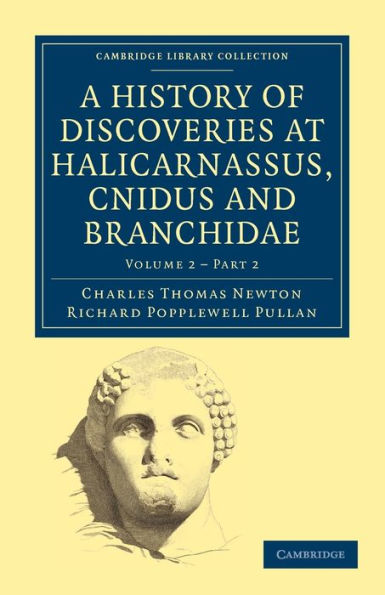Charles Thomas Newton (1816–1894) was a British archaeologist specialising in Greek and Roman artefacts. He studied at Christ Church, Oxford before joining the British Museum. Newton left the Museum in 1852 to explore the coast of Asia Minor, and in 1856 he discovered the remains of the Mausoleum of Halicarnassus, one of the seven ancient wonders of the world. This study, first published in 1862, contains Newton's descriptions of the archaeological excavations of the Mausoleum and other sites. Compiled from Newton's official reports, this detailed account of the archaeological procedures used in his excavation and the artefacts he found provides valuable insights into mid-nineteenth-century practice. The original edition included a large volume of plates, which it is not feasible to reproduce at this time. However the information in the text volumes is of sufficient importance to merit their reissue independently. Part 1 contains descriptions of the Mausoleum.



